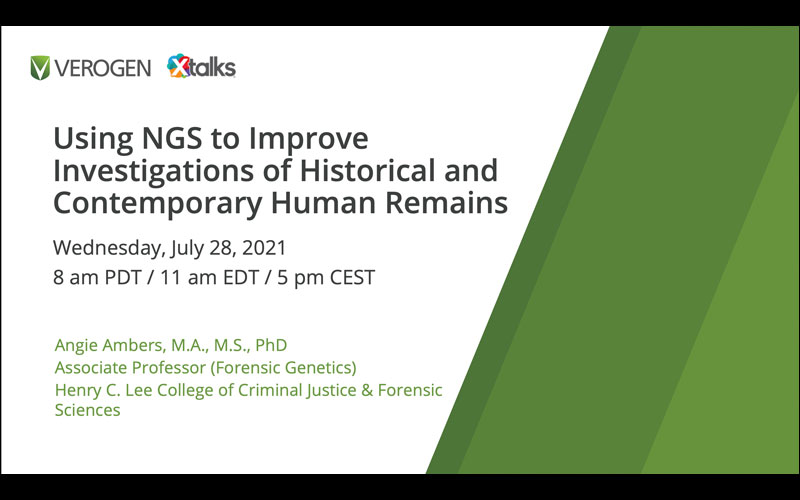Historical forensic investigations, or the identification of historical remains, involve some of the most challenging conditions. Records are inconsistent, incomplete or missing, making accurate reconstruction of a story difficult. The poor condition of associated skeletal remains can restrict the types of analyses that can be done, or evidence may be in such limited quantities that strategic decisions must be made on which types of analyses will be most informative and which will be excluded.
These challenges make resolution incredibly difficult, and cases often remain unsolved. Though often considered a specialty field, the approach to resolution bears many similarities to contemporary cases, and analysts are faced with similar questions: how can you narrow down identities for a complete or partial set of remains with limited reference information? How do you advance a case with a perfect autosomal STR profile but no DNA database for comparison? What is the most efficient and humanitarian approach to identification of remains? What options are available to clarify confounding information or to generate additional investigational leads?
Next-generation sequencing (NGS) provides a more efficient way to uncover more high-resolution data from cases that would otherwise have gone cold with traditional technologies. Register for this 1.5 hour webinar to learn about three historical cases, how NGS technology shaped the course of the investigation, and how NGS can strengthen and streamline your approach to contemporary casework.
Featuring

Angie Ambers, M.A., M.S., PhD
Associate Professor (Forensic Genetics) Henry C. Lee College of Criminal Justice & Forensic Sciences

